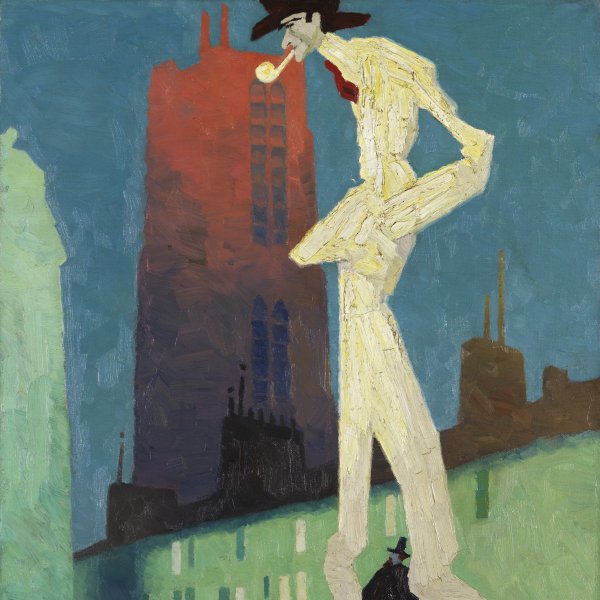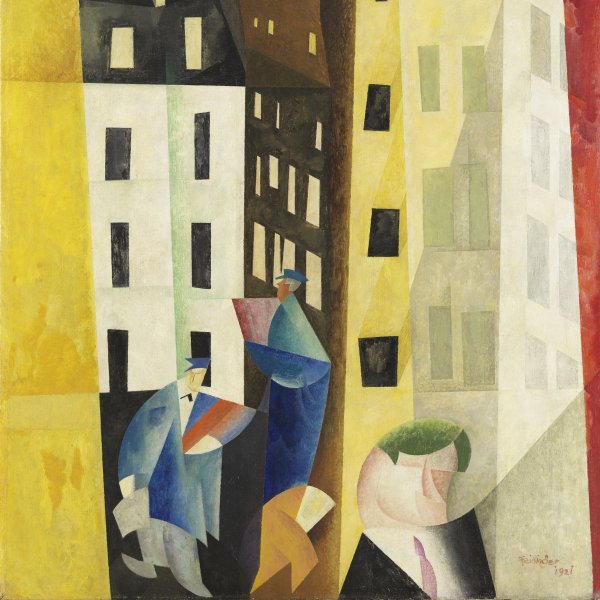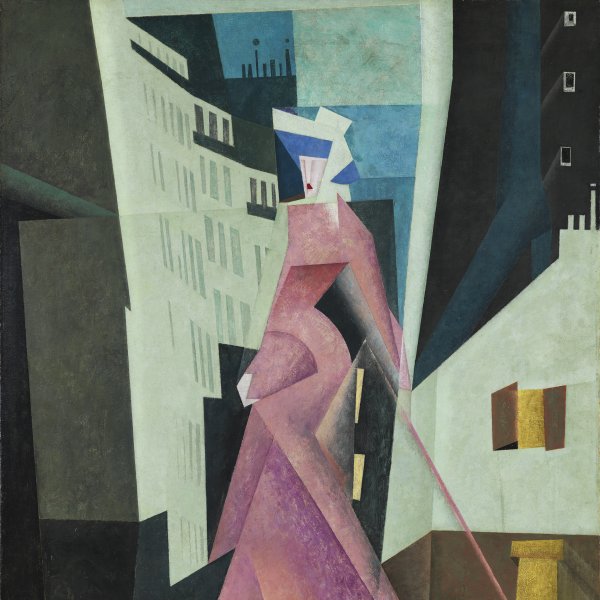Lyonel Feininger
New York, 1871-1956
Léonell Charles Feininger was born on 17 July 1871 in New York. His parents were both musicians and decided that their son would study the violin in Germany. At first Feininger undertook his education in Hamburg where he rapidly shifted from music to art, attending drawing and painting classes at the Kunstgewerbeschule. In 1888 the artist moved to Berlin and enrolled at the Königliche Akademie where he trained under the guidance of Ernst Hancke. In 1892 Feininger travelled to Paris where he settled for a while at 9, rue Campagne Premier and pursued his apprenticeship with the sculptor Filippo Colarossi. On his return to Berlin, a year later, the American magazine Harper's Round Table and the Berliner satiric publication Ulk began to regularly publish his drawings. By that same time, Feininger also worked as an illustrator for novels. In 1906 the artist moved again to Paris together with Julia Berg whom he later married (London, 1908). During his two year sojourn in Paris Feininger extensively collaborated with the magazine Le Témoin and did comics for the Chicago Tribune which nevertheless terminated his contract in 1907 owing to the artist's refusal to move to the United States. The contact with the German and French artistic avant-gardes led Feininger to gradually abandon illustration for painting. Highly influenced by Fauvism and Cubism his own research developed into prismatic compositions constructed through fragmented forms and arbitrary colours as epitomised by the 1912 The Bicycle Race (Washington, D.C., National Gallery of Art). His first solo show took place in Berlin in 1917 at Herwarth Walden's gallery Der Sturm. Feininger's works began to be known across Europe, first at the Salon des Indépendants (1911) and successively in the context of German exhibitions organised by avant-garde groups such as Brücke and Der Blaue Reiter (1913). The artist nurtured a strong friendship with Kandinsky, Jawlensky and Klee with whom he founded the group Der Blaue Vier in 1924. Their first exhibition was held in 1925 in New York City at Charles Daniel's gallery. In 1919 the artist was invited by Gropius to join the Bauhaus in Weimar (later in Dessau) where the former taught and worked until 1932. Around 1936, threatened by the Nazis' condemnation of his work, Feininger moved to America and settled in New York at the end of 1937 where he remained until his death on 13 January 1956. His last period was honoured by numerous prizes awarded by American Art Institutions.
Dominique Lora
Dominique Lora








